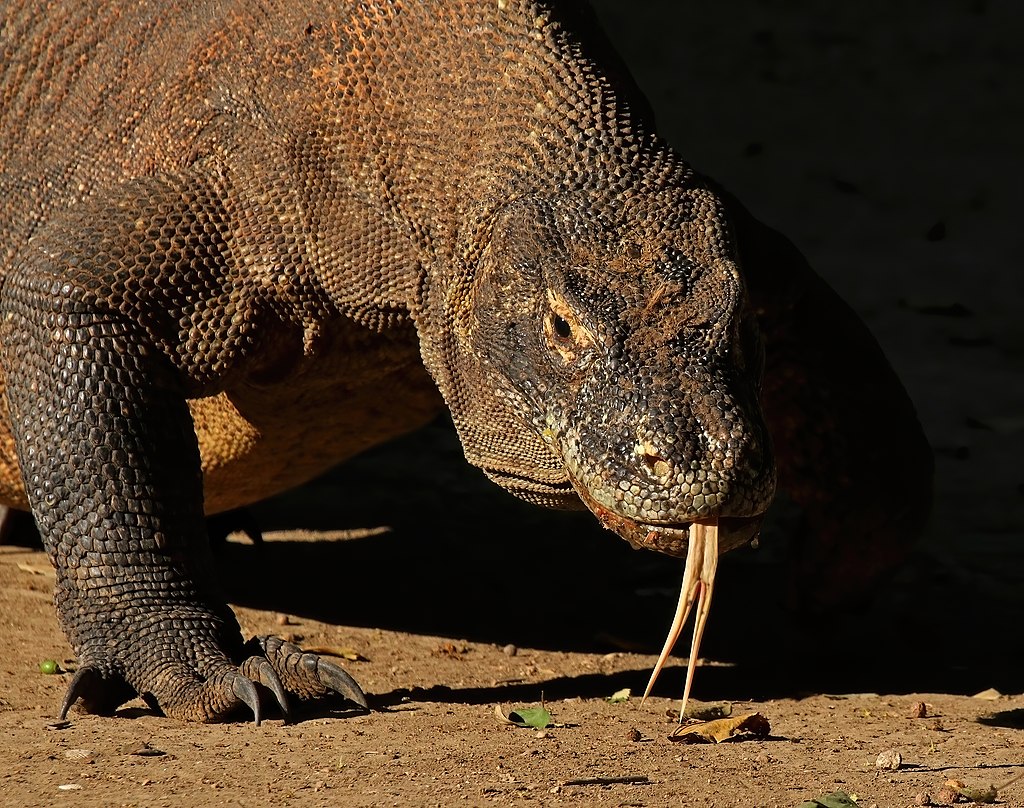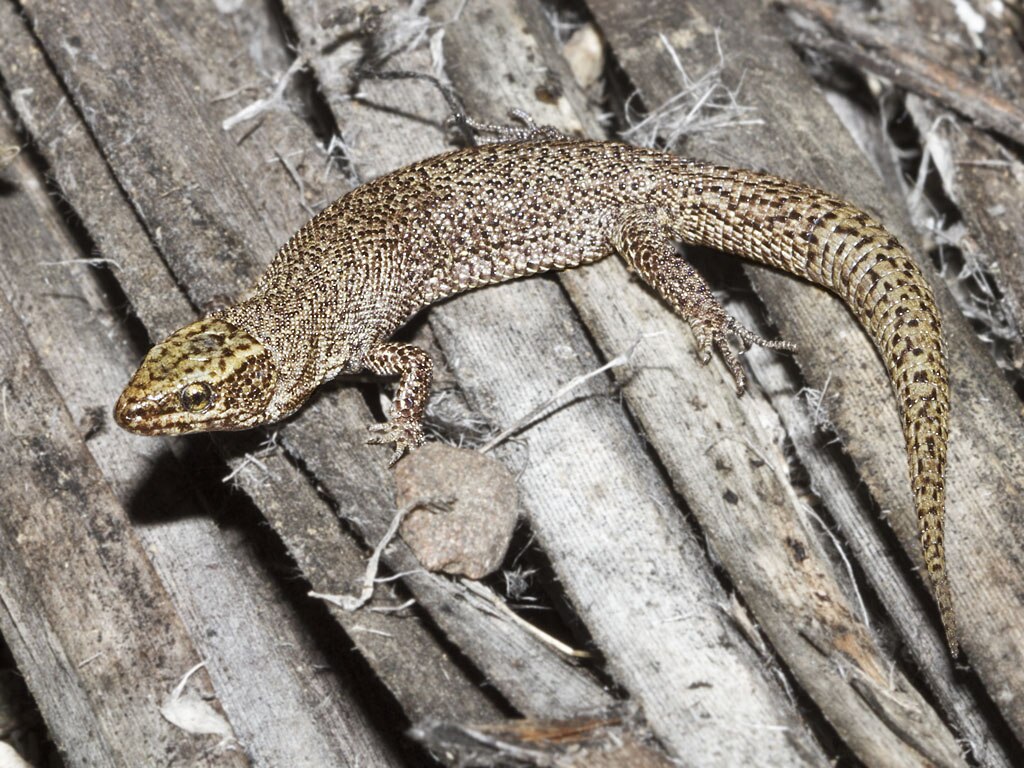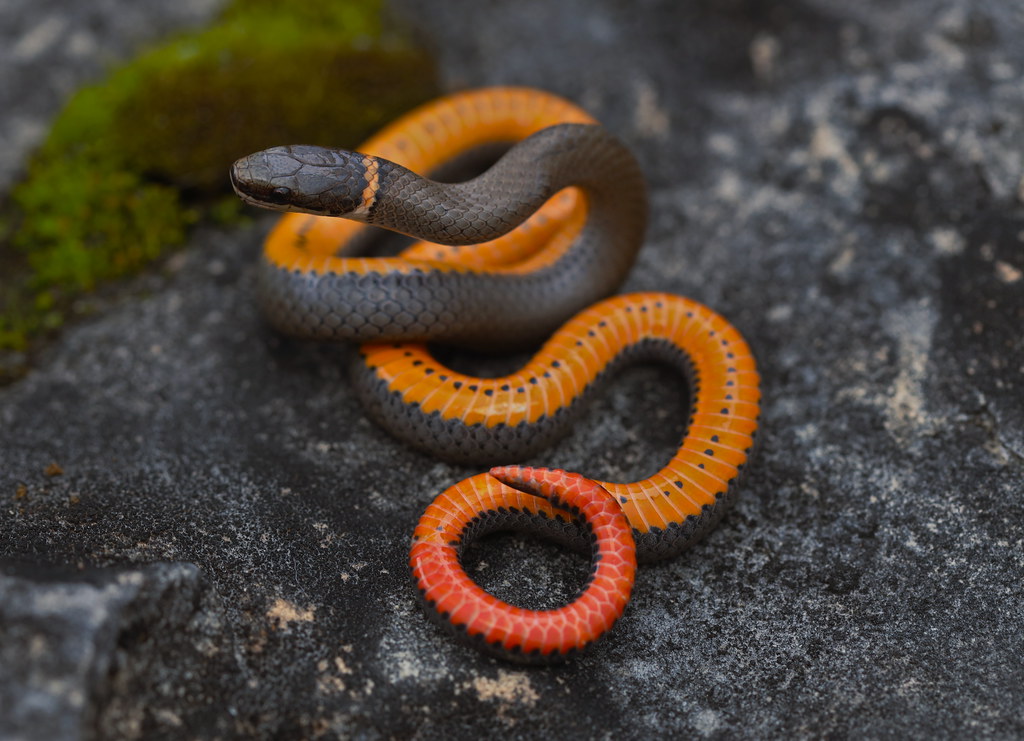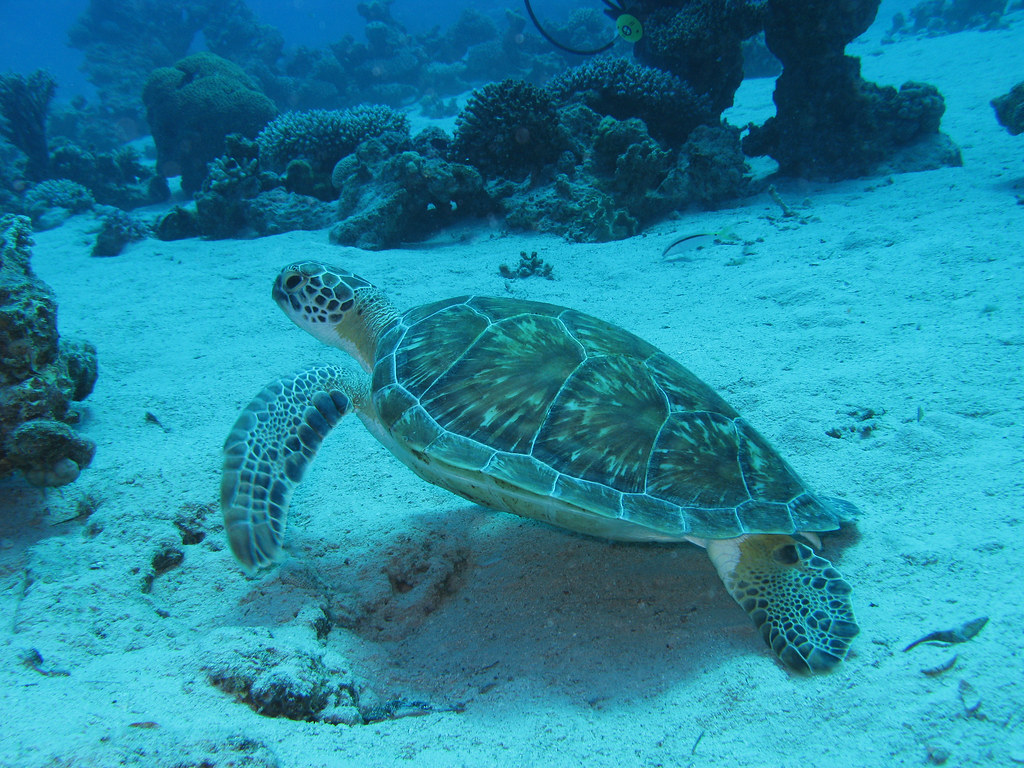When we think of reptiles, the image of solitary predators like crocodiles or lone basking lizards often comes to mind. This widespread perception has led many to believe that reptiles are fundamentally antisocial creatures that prefer isolation over companionship. However, the reptilian world holds fascinating exceptions to this rule, with several species displaying remarkable social behaviors that challenge our assumptions. From communal nesting to sophisticated hierarchical systems, these cold-blooded creatures have developed surprising social structures that help them survive and thrive. This article explores the most social reptiles on our planet, examining how and why they’ve evolved to live in groups rather than going solo.
The Misunderstood Social Lives of Reptiles

For decades, herpetologists assumed reptiles lacked the cognitive complexity required for true social behavior. Traditional research portrayed them as primitive creatures driven solely by instinct rather than social bonds. This assumption has been systematically dismantled by recent research revealing sophisticated social interactions in multiple reptile species. Studies using advanced observation techniques have documented communication systems, recognition of individuals, and even preference for certain companions in some reptiles. The social capabilities of reptiles appear to be on a spectrum, with some species showing rudimentary grouping behaviors while others demonstrate complex social hierarchies that rival those of some mammals. This growing body of evidence suggests that reptilian sociality evolved independently multiple times, indicating its adaptive value across different ecological niches.
Desert Night Lizards: Family Living in Harsh Conditions

The desert night lizard (Xantusia vigilis) represents one of the most compelling examples of reptilian sociality. These small lizards, native to the southwestern United States, live in family groups consisting of parents and multiple generations of offspring beneath fallen Joshua tree logs. Research has shown these lizards maintain stable family groups for years, with parents recognizing and preferentially associating with their offspring. The harsh desert environment appears to have driven this unusual social arrangement, as group living helps these tiny reptiles maintain hydration and regulate body temperature more effectively. Scientists have documented night lizards huddling together during cold periods, with larger groups able to maintain higher body temperatures than solitary individuals. This cooperative thermoregulation strategy gives these social lizards a significant survival advantage in their challenging desert habitat.
Gideon’s Flat Lizard: Complex Social Hierarchies

Among the most socially sophisticated reptiles is Gideon’s flat lizard (Platysaurus guttatus), which establishes intricate dominance hierarchies comparable to those of some primate species. Native to southern Africa, these vibrantly colored lizards live in colonies of up to 30 individuals on rocky outcroppings. Males display distinct throat colors that signal their social status, with dominant males sporting bright blue throats that attract females and intimidate subordinate males. Researchers have documented complex social interactions including territorial displays, courtship rituals, and even cooperative defense against predators. Interestingly, subordinate males sometimes adopt female-mimicking behaviors to gain access to females without confronting dominant males directly. This sophisticated social strategy demonstrates the evolutionary advantages of group living even in the face of intense male competition.
Green Iguanas: Communal Nesting and Social Learning

Green iguanas (Iguana iguana) challenge the solitary reptile stereotype through their remarkable communal nesting behaviors. Female green iguanas travel significant distances to traditional nesting sites, where dozens of females may dig nests in close proximity to one another. These community nesting grounds are used year after year, with females potentially recognizing and preferring to nest near relatives. Juvenile green iguanas also demonstrate social behaviors, forming groups that forage and bask together, potentially gaining protection from predators through safety in numbers. Research suggests that young iguanas learn effective foraging techniques from observing others, indicating a form of social learning previously thought impossible in reptiles. This combination of communal nesting and juvenile grouping behaviors positions green iguanas among the most social of large reptile species.
Garter Snakes: Massive Communal Denning

Red-sided garter snakes (Thamnophis sirtalis parietalis) demonstrate perhaps the most dramatic reptilian social gathering during their famous hibernation cycles in Manitoba, Canada. These snakes congregate by the thousands—sometimes tens of thousands—in communal dens called hibernacula to survive the harsh Canadian winters. When spring arrives, these massive snake balls emerge in a spectacular mating frenzy before dispersing to summer feeding grounds. The thermal benefits of these enormous aggregations are clear: interior snakes remain warmer and better protected from the elements than they would be alone. Research has revealed that garter snakes can recognize relatives through chemical cues, potentially avoiding mating with close genetic relatives despite the chaotic mating environment. This remarkable communal behavior represents one of nature’s most impressive examples of reptilian social interaction, even if it’s driven primarily by environmental pressures rather than social bonds.
American Alligators: Cooperative Nesting and Maternal Care

American alligators (Alligator mississippiensis) exhibit sophisticated social behaviors that include cooperative nesting and extended maternal care. Female alligators often construct nests in close proximity to one another, creating what are essentially alligator nurseries where multiple mothers guard their eggs against predators. After hatching, baby alligators remain together in protective pods, sometimes for up to three years, with the mother providing vigilant protection against threats. Remarkably, females respond to the distinctive vocalizations of their hatchlings, rushing to defend them when they emit distress calls. These group nesting behaviors and extended maternal care systems represent a complex social structure that enhances offspring survival. The communal nesting approach also allows female alligators to share the energetically demanding task of defending eggs and young against potential predators.
Komodo Dragons: Surprising Social Complexity

Despite their fearsome reputation as solitary apex predators, Komodo dragons (Varanus komodoensis) display unexpected social behaviors that researchers are only beginning to understand. These massive lizards have been observed tolerating each other at feeding sites, with dominant individuals feeding first following a clear hierarchical system. Young Komodo dragons are even more social, often living in trees in loose groups for protection from cannibalistic adults. Recent studies using GPS tracking have revealed that Komodo dragons maintain complex social networks, with individuals recognizing and behaving differently toward familiar dragons versus strangers. This research challenges long-held assumptions about these massive reptiles, suggesting they possess greater social intelligence than previously believed. The social complexity of Komodo dragons indicates that even apex predator reptiles can benefit from social recognition and hierarchical systems.
Marine Iguanas: Synchronized Social Behaviors

The marine iguanas (Amblyrhynchus cristatus) of the Galápagos Islands represent one of the most distinctive examples of social reptiles, forming colonies that can number in the hundreds or even thousands. These unique lizards congregate in dense groups on the rocky shorelines, where they engage in synchronized swimming behaviors during feeding excursions into the ocean. The colonial lifestyle offers several advantages, including enhanced thermoregulation through group basking and increased vigilance against predators such as hawks and snakes. Researchers have documented complex territorial displays among males during breeding season, with dominant individuals controlling prime territories and harems of females. Despite these competitive interactions, marine iguanas show remarkable tolerance for high population densities, with individuals recognizing and respecting established social hierarchies that minimize conflict within the colony.
Australian Skinks: Family Living and Parental Care

Several species of Australian skinks have evolved elaborate family structures that include long-term pair bonding and extensive parental care. The great desert skink (Liopholis kintorei) constructs complex tunnel systems where family groups consisting of parents and multiple offspring generations live together for years. These family units maintain and defend their elaborate burrow systems, which can span several square meters and contain multiple chambers and entrances. Even more remarkable is the social behavior of the Solomon Islands skink (Corucia zebrata), which forms family groups with long-term monogamous breeding pairs and their offspring. These skinks actively defend their young and engage in coordinated group vigilance against predators. The evolution of such sophisticated family structures in lizards demonstrates that complex social behavior can evolve even without the large brain size typically associated with advanced sociality.
Cuban Rock Iguanas: Social Learning and Recognition

Cuban rock iguanas (Cyclura nubila) display sophisticated social behaviors that include individual recognition and potential social learning. These endangered lizards live in colonies on rocky outcroppings, where they establish complex dominance hierarchies maintained through visual displays rather than physical combat. Research has shown that these iguanas can distinguish between familiar and unfamiliar individuals, responding more aggressively to strangers that might threaten established social structures. Juvenile Cuban rock iguanas often form social groups separate from adults, potentially learning essential survival skills through observation and interaction with peers. Conservation efforts for these endangered reptiles have revealed that their social nature makes them particularly vulnerable to disturbance, as disrupting their social groups can have cascading negative effects on breeding success and survival. The complex social lives of these iguanas highlight the importance of understanding reptilian sociality for effective conservation strategies.
Spiny-Tailed Lizards: Cooperative Desert Communities

Spiny-tailed lizards (Uromastyx species) have developed remarkable social systems adapted to harsh desert environments across North Africa and the Middle East. These herbivorous lizards often live in colonies centered around complex burrow systems that provide crucial protection from extreme temperatures. Individuals within these colonies recognize each other and display different behaviors toward familiar colony members versus outsiders. In some species, dominant males tolerate multiple females and juveniles in their territories, creating what effectively functions as extended family groups. The social structure provides benefits including enhanced vigilance against predators, with multiple individuals able to sound alarms when danger approaches. Research suggests that these lizards may even coordinate their basking behaviors, with sentinel individuals remaining alert while others focus on thermoregulation.
Tuatara: Ancient Social Systems

The tuatara (Sphenodon punctatus), often called a “living fossil” as the sole survivor of an ancient reptile lineage, exhibits social behaviors that may reflect reptilian sociality dating back hundreds of millions of years. These New Zealand natives establish stable territories but tolerate considerable overlap, with multiple individuals often sharing prime basking sites and burrows. Male tuataras establish dominance hierarchies through displays rather than fighting, with dominant individuals gaining preferential access to basking sites, food, and mates. Researchers have documented that tuataras can recognize familiar individuals, responding less aggressively to neighbors than to strangers in a classic “dear enemy” effect. This ancient reptile’s social system suggests that basic forms of reptilian sociality might have evolved very early in amniote evolution, potentially predating the divergence of dinosaurs and mammals.
The Evolutionary Advantages of Reptilian Sociality

The diverse social systems observed across reptile species raise fascinating questions about the evolutionary drivers behind group living in these supposedly “primitive” animals. Environmental pressures appear to be primary factors, with social living offering significant advantages in harsh conditions through improved thermoregulation, predator detection, and resource defense. For species like desert night lizards and spiny-tailed lizards, huddling behaviors directly contribute to survival in extreme environments by reducing water loss and maintaining optimal body temperatures. Reproductive advantages also drive sociality, with communal nesting reducing predation risk on vulnerable eggs and hatchlings. Research indicates that reptilian sociality has evolved independently multiple times across different lineages, suggesting it represents a convergent adaptation to similar ecological challenges rather than a phylogenetically conserved trait. This repeated evolution of social behavior challenges traditional notions about cognitive limitations in reptiles and suggests that sociality may be a fundamental adaptation available to vertebrates regardless of brain complexity.
Conservation Implications of Reptile Social Behavior

Understanding the social nature of many reptile species has profound implications for conservation efforts in our rapidly changing world. Traditional conservation approaches have often failed to account for the social needs of reptiles, potentially undermining the success of protection and reintroduction programs. For highly social species like marine iguanas or garter snakes, habitat fragmentation can disrupt critical social structures and communal sites that have developed over generations. Captive breeding programs must consider the social requirements of reptiles, providing appropriate group housing for social species rather than the solitary enclosures traditionally used for reptiles. Climate change presents a particular threat to socially nesting species, as shifting environmental conditions may render traditional communal nesting sites unsuitable. By incorporating knowledge of social behaviors into conservation strategies, researchers and wildlife managers can develop more effective approaches to protecting these fascinating and often misunderstood animals for future generations.
Conclusion

The diverse social systems observed in reptiles challenge our fundamental assumptions about these animals and expand our understanding of how sociality evolves across the animal kingdom. From the family-living desert night lizards to the massive hibernation aggregations of garter snakes, reptilian social behaviors demonstrate remarkable adaptation to environmental challenges. These social systems, evolving independently across multiple lineages, suggest that the benefits of group living transcend the traditional boundaries we’ve drawn between “advanced” mammals and birds and “primitive” reptiles. As research continues to reveal the surprising complexity of reptilian social lives, we gain not only a deeper appreciation for these fascinating creatures but also valuable insights into the fundamental forces that shape sociality throughout the animal kingdom. Far from being solitary creatures driven solely by instinct, many reptiles engage in sophisticated social interactions that deserve both our scientific attention and our conservation efforts.














Leave a Reply